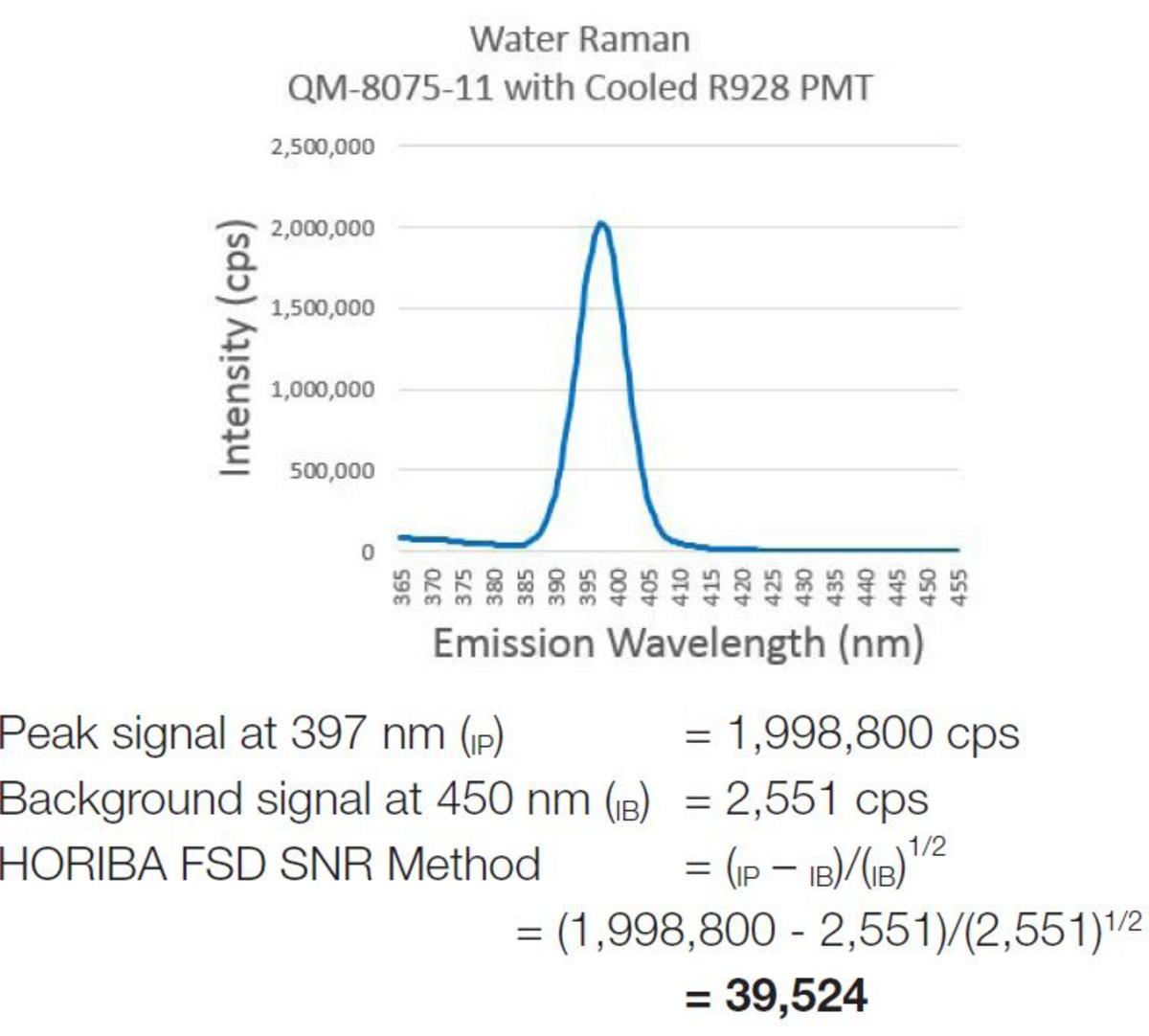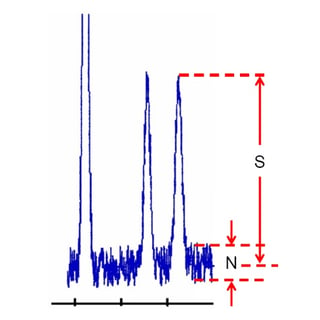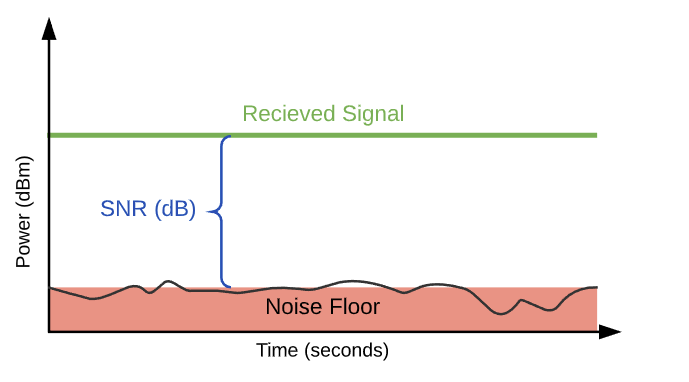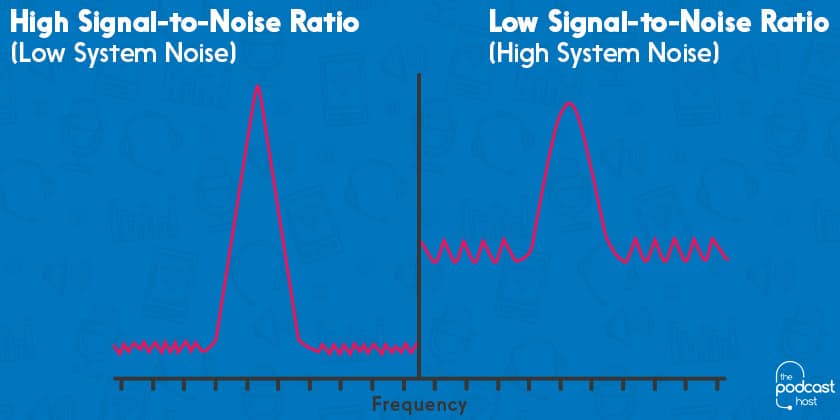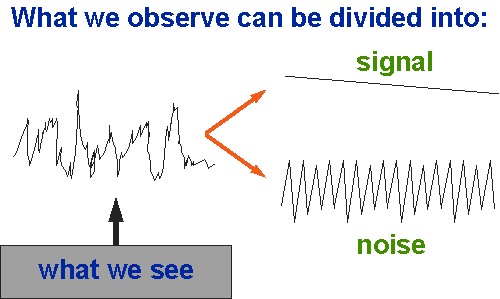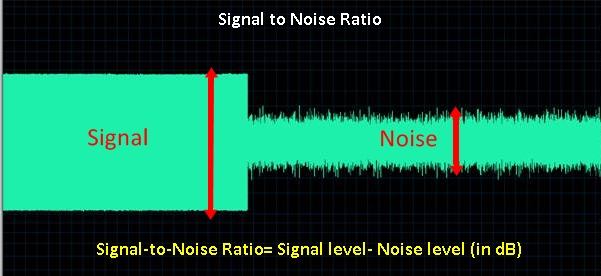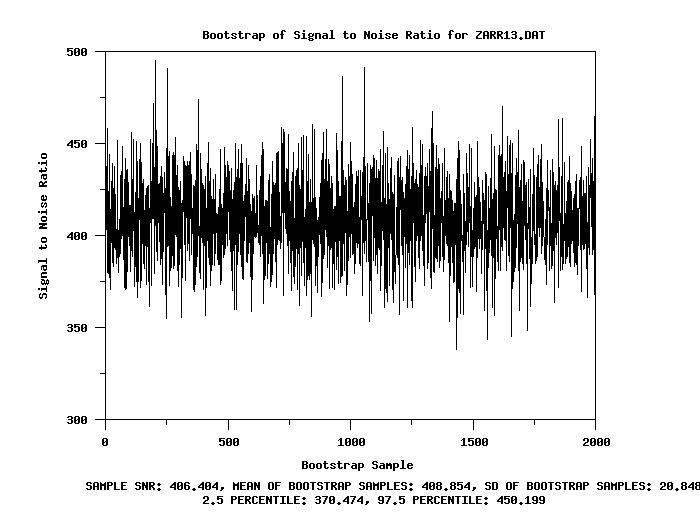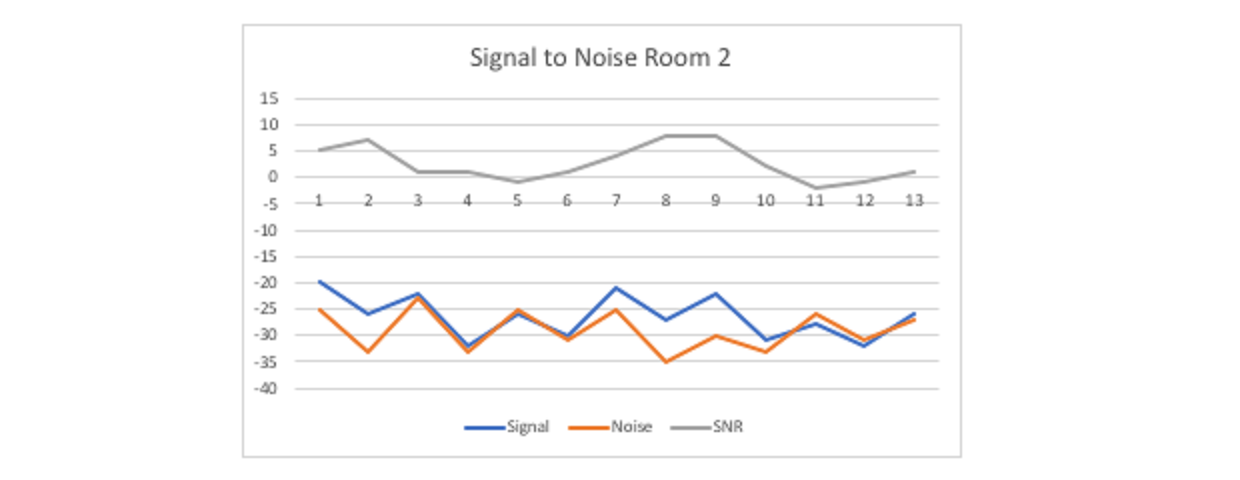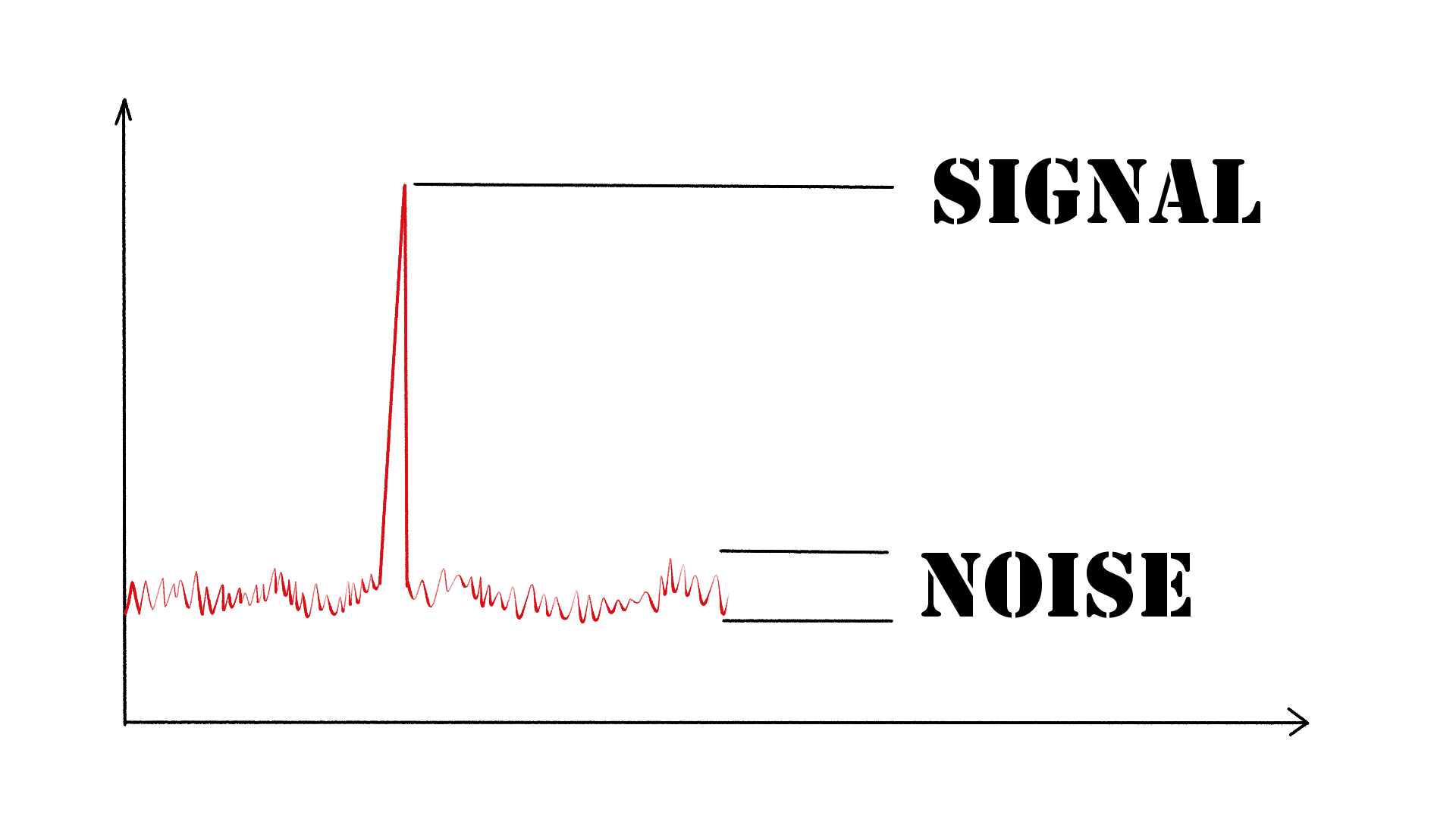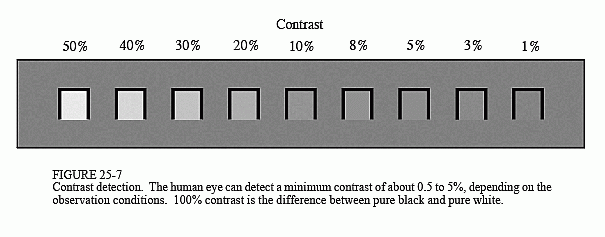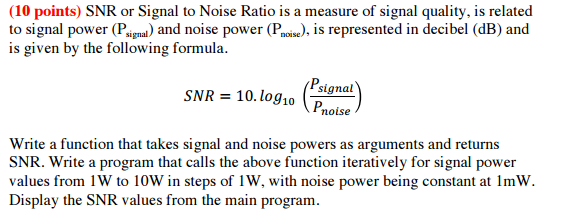Awesome Info About How To Check Signal To Noise Ratio

To measure the noise, remove your sample and repeat the measurement twice (for a given average time/scans).
How to check signal to noise ratio. To define noise ranges in data analysis go to report>system suitability>edit noise ranges. You should now see 2 areas selected. The origin of 3 comes from statistics.
To calculate signal to noise in chemstation you will need to define noise ranges in your method. Snr= 10 * log10 (s/n) where s is the intensity of each pixel squared. $$snr=\frac{signal\:power}{noise\:power}$$ $$snr(db)=10log_{10}(\frac{signal\:power}{noise\:power})$$ key properties of snr.
Cisco meraki access points reference the signal to noise ratio as the indication for the quality of the wireless connection. For example, your measured noise value (n) is 2. Then calculate a spectrum as if one of your measurements was a.
this function calculate the mixture of an audio and an audio file as a noise with a desired snr in db input: By clicking on the project. Also, the resulting calculation is the snr in decibels.
Signal to noise ratio explained will sometimes glitch and take you a long time to try different solutions. Loginask is here to help you access signal to noise ratio explained quickly and. Whilst holding the shift and left mouse button swipe the cursor over your noise region and then release the mouse button and shift key.
Furthermore, for power, snr = 20 log (s ÷ n) and for voltage, snr = 10 log (s ÷ n). The signal to noise ratio of this manual titration would the mean titration result divided by the standard deviation in the result. Signal to noise ratio calculation will sometimes glitch and take you a long time to try different solutions.

